So, this past Wednesday was National Grilled Cheese Day. As a cheese fanatic myself, I was happy to celebrate. But the thing about cheese, even in the specific form of melting it between two pieces of bread, is that cannot be contained by a single day. In fact, April is National Grilled Cheese Month, too! Which means it would hardly be appropriate to let that slide without some celebration. So, this week, I’m pairing two items (like a good cheese and cracker, a good cheese and wine, or a good cheese and another good cheese) from the same time that give us some insight into this curdled, crumbly, creamy, sliced, shredded, or sometimes smelly staple.
First up, there’s Cheese and Ways to Serve It (1931):
We’ve actually featured other pages from this little booklet on the blog before–it was part of my first ever post on frosted sandwiches, that oddity that we can’t quite escape, it seems. But this post includes a few more versatile options for the wide range of Kraft-Phenix Cheese Corporation of Chicago. Nowadays, we know it as Kraft, Inc. or the Kraft Foods Group, but the core of the company has a long history of names. It started out as Kraft Cheese Company, but would subsequently be known as Kraft-Phenix Cheese Company, Kraft-Phenix Cheese Corporation, National Dairy Products Corporation, Kraft Cheese Company, the Kraft Foods Company, National Dairy Products Corporation/Kraft Foods Division, Kraftco Corporation/Kraft Foods Division, Kraft, inc., and finally Kraft Foods Group. (Thankfully, I put that history of name changes together a couple of years ago!)
I love this little pamphlet, which is all on small cards cooks could leave intact or tear out and add to a recipe box. It displays the versatility of cheese from appetizers to desserts to midnight snacks. As you can see, even in the 1930s, the company was producing a multitude of flavors and styles, making it a great food for kitchen exploration. 1931 was right about the time Velveeta came out and the booklet features a page long description that reads, in part: “This is Velveeta–Kraft-Phenix’ wonderful new cheese food. Velveeta is digestible as milk itself–and as wholesome. To fine Cheddar cheese are added valuable milk products–milk-sugar, calcium and phosphorus. Velveeta is far richer in these elements than is butter, cheese, or milk itself.” Also, while there were previous cheeses made in the United States that were called “American,” it was Kraft who was mainly responsible for popularizing the processed American Cheese we think of today in the 1910s, though it was being developed in the late 19th century.
Around the same time, Chr[istian] Hansen’s Laboratory, in operation since 1874, was working on its own cheese-related chemistry. (The company was also responsible for junket/rennet tablets, as well as food colorings and other cultures/starters.)
The Story of Cheese was published by the company in 1933. It includes several short essays on cheese productions at home and in the factory, using (of course!) their products: “The Manufacture of American Cheese on the Farm,” “Another Method for Making Cheese on the Farm and in the Home,” and “Cheesemaking on a Factory Basis.” Processed or factory made cheese wasn’t new in the 1930s, but at the same time, cheesemaking was something that was just as commonly done at home. As an archivist, one of the things I love about this pamphlet is its list of books and bulletins (several of which are already in our collection) on cheese and cheesemaking, which seem to me to suggest a sort of respect for the process. Chr. Hansen’s Laboratory wasn’t trying to take cheesemaking away from farms and homes. Rather, it was getting a jump on the “better living through chemistry” motto that was still 30+ years in the future by developing things to continue to make this a process that could still be done in the home.
Like many things, local cheesemaking is cyclical. (Cheese itself, I believe is NEVER like to go out of fashion.) Making cheese became more and more (though never exclusively) mass-produced as the 20th century progressed, but we are once again seeing the pendulum swing. Farmers’ markets everywhere sell small batches of homemade cheeses and many people are taking up the challenge again in their own kitchens for a taste of that creamy, gooey, buttery-toasted grilled cheese experience at home. I celebrated on Wednesday with sharp cheddar and sauteed mushrooms on slices of Tuscan-style boule, but after writing this post, I’m thinking tonight might just call for another commemoration of one of my favorite foods. I believe I hear some provolone and Dijon mustard calling my name…











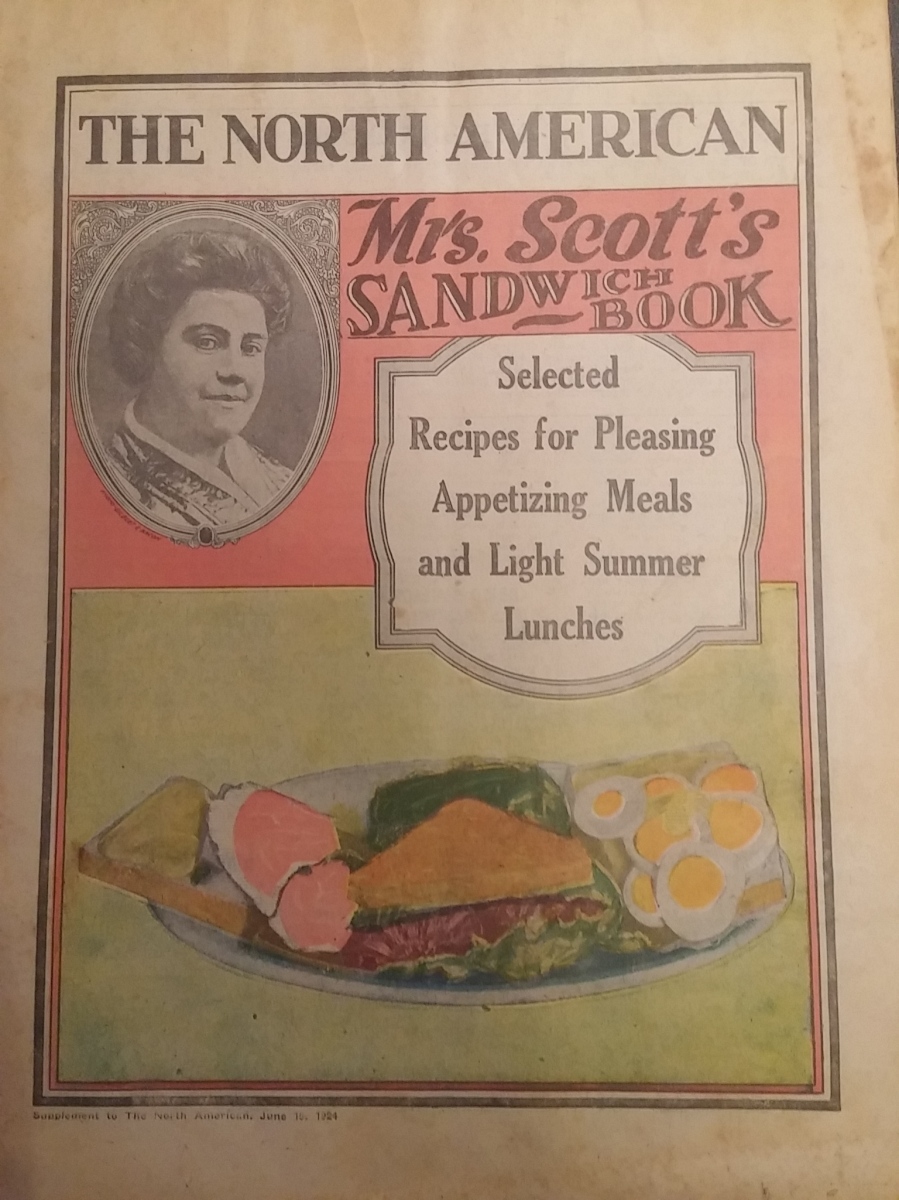
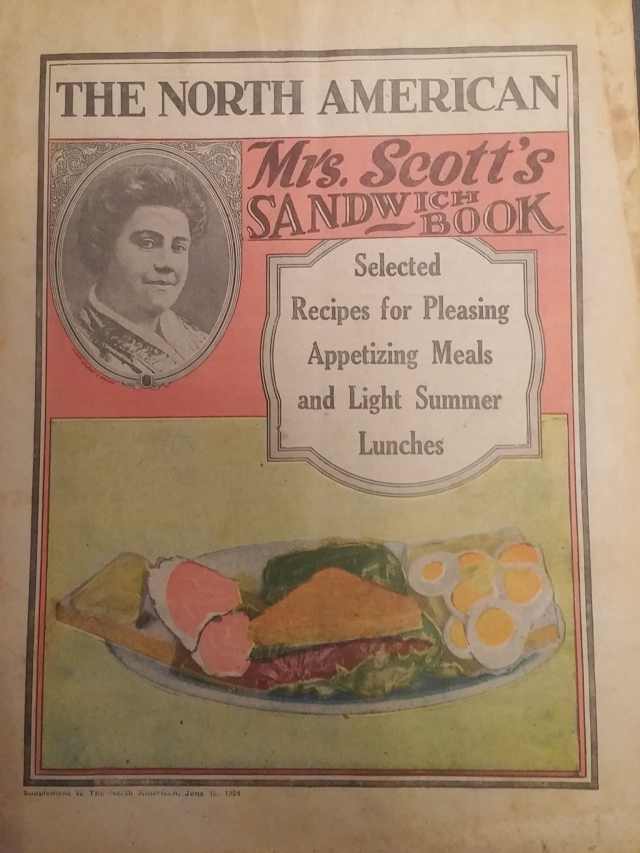


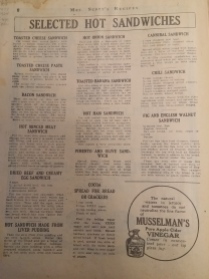

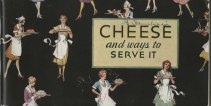













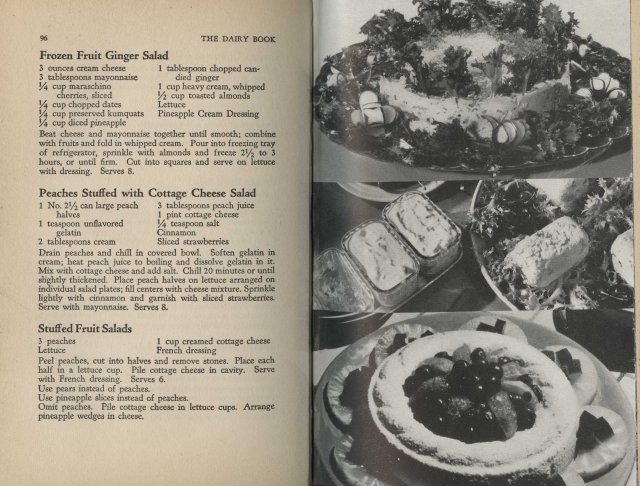



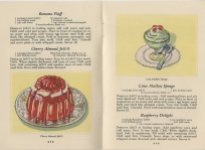




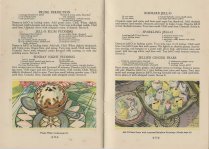

















![Kisses for the Cook When She Knows Her Seasoning [Gulden's]](https://whatscookinvt.files.wordpress.com/2012/10/culpamp002.jpg?w=104&h=150)
![Kisses for the Cook When She Knows Her Seasoning [Gulden's]](https://whatscookinvt.files.wordpress.com/2012/10/culpamp005.jpg?w=104&h=150)
![Food and Fun [Star-Kist Tuna], 1953](https://whatscookinvt.files.wordpress.com/2012/10/culpamp003.jpg?w=116&h=150)
![Food and Fun [Star-Kist Tuna], 1953](https://whatscookinvt.files.wordpress.com/2012/10/culpamp006a.jpg?w=150&h=98)
![Food and Fun [Star-Kist Tuna], 1953](https://whatscookinvt.files.wordpress.com/2012/10/culpamp006.jpg?w=116&h=150)


![One Master Recipe for Ten Delicacies [Dromedary Cocoanut]](https://whatscookinvt.files.wordpress.com/2012/10/culpamp008.jpg?w=86&h=150)
![One Master Recipe for Ten Delicacies [Dromedary Cocoanut]](https://whatscookinvt.files.wordpress.com/2012/10/culpamp011.jpg?w=86&h=150)
